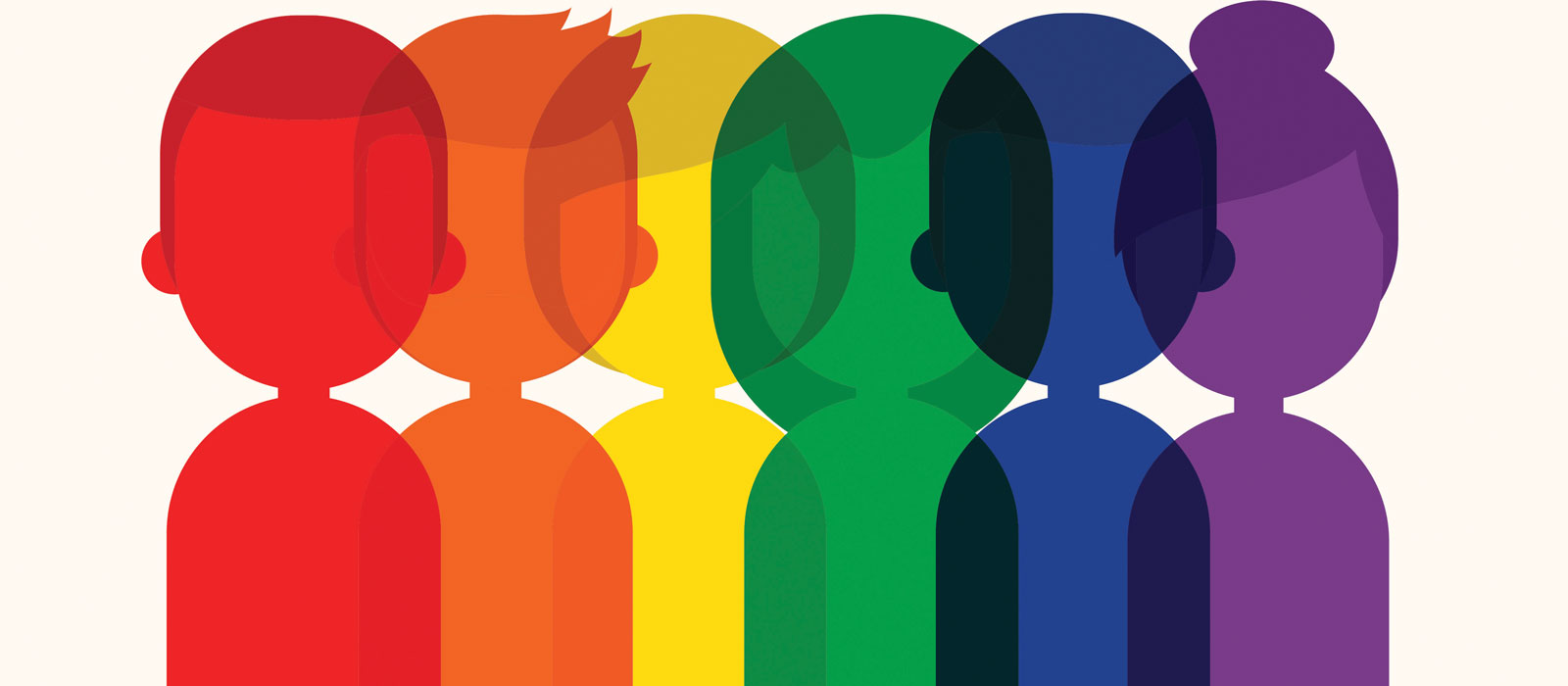During the morning shift change, Charlie, an RN, receives a report on Ellis, age 52, who was admitted three days ago for severe abdominal pain and persistent diarrhea after cycle 3 of high-dose ipilumumab and nivolumab.
When Charlie and the certified nursing assistant (CNA) enter Ellis’s room, the patient is sitting up in bed caressing hands with a woman of similar age. Ellis requests help getting into the shower, so Charlie says to the CNA, “Please, help him shower, and I will finish introductions.”
Ellis interrupts Charlie. “I am not a he!”
What Would You Do?
“Culture,” broadly defined, consists of a person’s race, ethnicity, social or religious practices, and gender identification. Gender-neutral names and gender-specific pronouns can increase the risk of misinterpreting a person’s identified gender. This case study highlights the importance of cultural competence and introduces cultural humility: a person’s ability to identify their own cultural practices, understand that cultural faux pas will happen, and importantly, to act with sensitivity when interacting with people whose practices differ from one’s own.
Radix and Maingi reviewed literature on cultural competence and related their findings to the lesbian, gay, bisexual, and transgender (LGBT) community. Based on their findings, the authors advocated for improving access to health care by creating a welcoming environment through:
- Staff training in cultural competence sensitive to the LGBT population
- Open display of nondiscrimination policies and educational materials inclusive of LGBT people
- Availability of gender-neutral restrooms
Gender identity screening at registration is another method of creating a welcoming atmosphere. As part of its meaningful use program for electronic health records, the Centers for Medicare and Medicaid Services phased in a two-part registration question in which patients are first asked to identify their sex at birth, followed by a second questions asking for gender identification. When this process is in place and medical staff review patient demographics prior to interacting with patients, the likelihood of incorrectly labeling a person is greatly reduced. DiversityNursing.com offers a glossary of terms to use and avoid when working with LGBT patients, and other suggestions for establishing an inclusive culture are listed in the sidebar.
Charlie sincerely apologizes for making an inaccurate assumption and takes the time to learn the couple’s pronoun use and any other associated concerns. Although Charlie herself has been misidentified as a male, she understands that cultural humility does not involve relating one’s own experience (Yeager & Bauer-Wu, 2013). Charlie maintains a professional and caring presence while treating Ellis and supporting her partner and family. She does not over apologize or discuss her mistake with colleagues except to ensure that other staff coming on shift are aware of Ellis’s gender identification and pronoun use.






